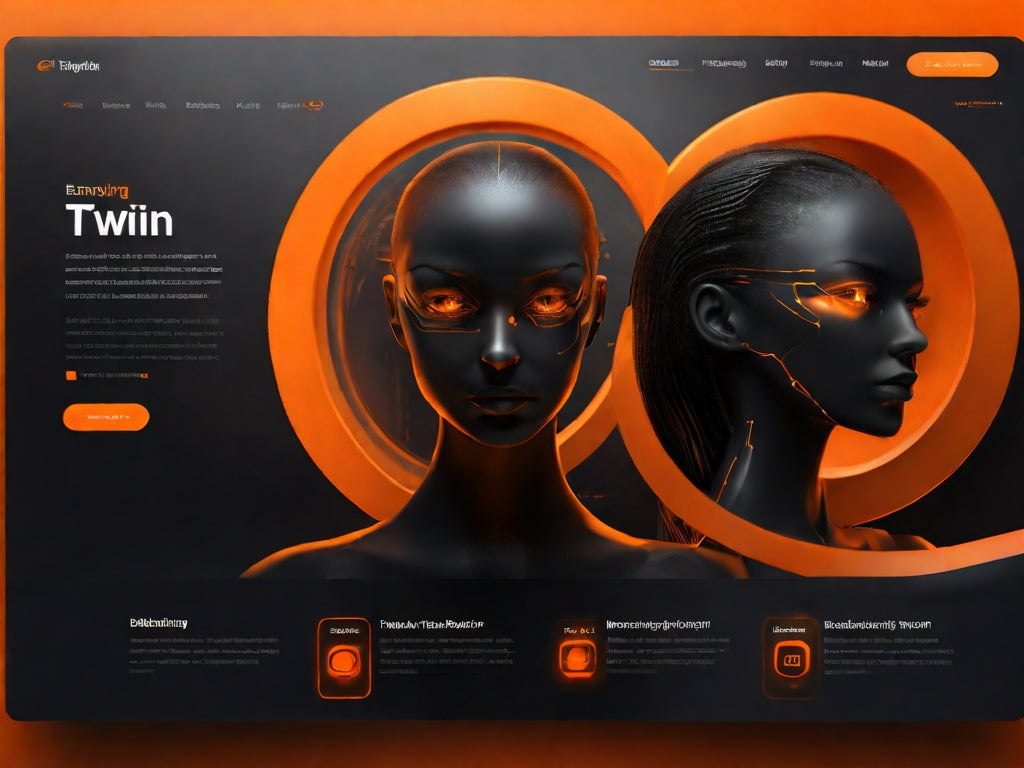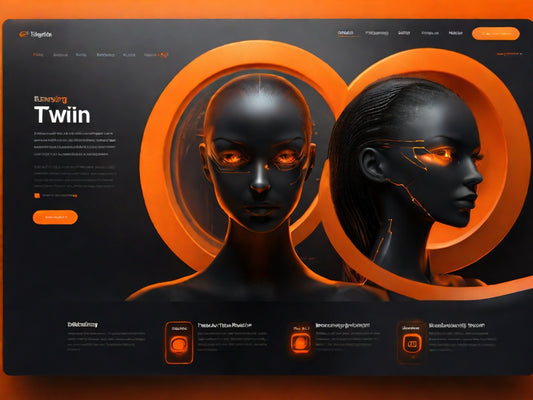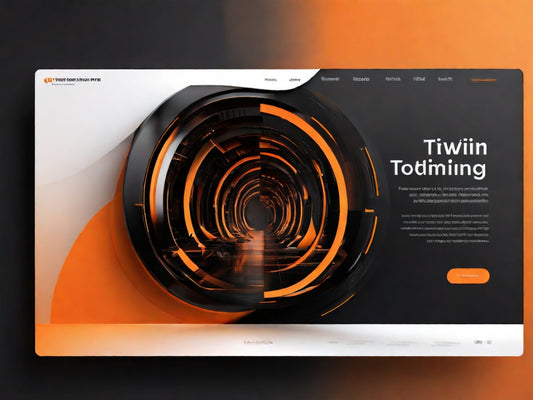With the rapid development of industrial technology, distributed control systems and field control systems have emerged successively. In the industrial process control, the three major control systems are PLC, DCS, and FCS. Some people believe that FCS evolved from PLC, while others think FCS evolved from DCS. There is a close relationship between FCS, PLC, and DCS, but there are also some differences.
PLC, a digital computing electronic system designed for industrial applications, uses programmable memory to store programs, execute logical operations, sequence control, timing, counting, arithmetic operations, and user-oriented instructions. It controls various types of machinery or production processes through digital or analog inputs or outputs.
DCS, or Distributed Control System, rapidly developed in the mid-1970s, combines control technology, computer technology, image display technology, and communication technology. Also known as 4C technology, it enables monitoring, control, and management of production processes. DCS breaks the limitations of conventional control instrument functions and addresses the dangers of early computer systems with overly centralized information, management, and control functions.
FCS, Fieldbus Control System, is centered around bus protocols, with digital intelligent field devices as its foundation, essentially decentralizing information processing.
Key characteristics of a large PLC-based process control system include:
- Hierarchical structure where PLC can function as an independent DCS or as a subsystem of a DCS.
- PID control in the control station for various functionalities like continuous PID control.
- Use of a single PC as the master station with multiple similar PLCs as slave stations or forming a PLC network.
- Primarily used for sequential control in industrial automation, with newer PLCs incorporating closed-loop control functionality.
Key characteristics of a DCS control system include:
- Hierarchical tree-like system structure with communication being crucial.
- PID control in the controller, linking computers with field instruments.
- Utilizes a tree-like and parallel continuous link structure, with numerous cables running from relay stations to field instruments.
- Signal systems include both digital and analog signals.
- Typically consists of field instrument layer, control device unit layer, factory (workshop) layer, and enterprise management layer.
Key characteristics of an FCS control system include:
- Fusion of 3C technology suitable for intrinsic safety, hazardous areas, dynamic processes, and challenging non-standard environments.
- Highly intelligent field devices providing all-digital signals with a single bus connecting all devices.
- Bi-directional digital communication bus from control room to field devices, replacing one-way, single-point, parallel, closed analog systems.
- Fully decentralized control functionality.
Comparison between DCS and PLC control systems:
DCS is a decentralized control system, while PLC is just a control device, highlighting the difference between a system and a device. The network serves as the central nervous system of the control system.
DCS systems like HOLLiAS-MACS have a network divided into system networks and control networks. The system network connects field control stations with system operator stations, while the control network facilitates communication between field control stations and intelligent I/O units, ensuring real-time and reliable information transmission.
PLCs typically work as standalone units, and their communication networks are usually single-network structures. PLCs lack robust security measures compared to DCS.
DCS offers extensive scalability interfaces for easy integration of external or expansion systems, while adding or removing operator stations in a PLC system is challenging. DCS ensures control device safety and reliability through dual-redundant control units that seamlessly switch in case of a primary unit failure.
PLC systems lack redundancy concepts and strategies, leading to system halts when a PLC unit fails, requiring system shutdown, maintenance, reprogramming. DCS offers higher safety and reliability compared to PLCs. Both DCS and PLC have similar hardware reliability, with PLC excelling in software with its sequential scan mechanism dominating high-speed sequential control. PLCs have a cycle time of around 10ms, while DCS control stations operate at around 500ms.
DCS's sequential interlocking functionality is weaker compared to PLC, and its logic execution speed is slower. PLC-based systems are more cost-effective. DCS typically uses centralized control at the field control station layer, with limited adoption of remote distributed I/O due to cost constraints. PLCs based on fieldbus remote distributed I/O are smaller, more flexible, user-friendly, and cost-effective in wiring savings.
This is a comprehensive overview of the comparison between DCS and PLC control systems.
Comparison between FCS Control System and DCS Control System
It can be said that FCS combines the characteristics of both DCS and PLC, taking a revolutionary step forward.
Image
-
FCS is an open system with open technical standards. The field devices of FCS are interoperable and compatible with each other, allowing users to choose products from different manufacturers and brands for optimal system integration. In contrast, DCS systems are closed, and products from different manufacturers are not compatible with each other.
-
Signal transmission in FCS is fully digital, enabling communication from the lowest level sensors and actuators to the highest level, providing strong support for enterprise MES and ERP. Importantly, FCS allows remote diagnosis, maintenance, and configuration of field devices. DCS communication is limited; although it can connect to the Internet, it lacks connectivity to the lower levels and provides limited information, unable to perform remote operations on field devices.
-
The structure of FCS is fully decentralized, eliminating I/O units and control stations found in DCS and pushing control functions down to field devices, achieving thorough decentralization and making system expansion easy. In contrast, DCS decentralization only extends to the controller level, emphasizing the controller's function, with data highways being crucial.
-
FCS is fully digital, offering high control system precision, achieving an accuracy of around ±0.1%. On the other hand, DCS signal systems are binary or analog, requiring A/D and D/A conversion, resulting in a control precision of around ±0.5%.
-
FCS can incorporate PID closed-loop functions into field transmitters or actuators, combined with digital communication, reducing sampling and control cycles. This enhancement allows for an increase in control performance from 2-5 times per second in DCS to 10-20 times per second in FCS.
-
By eliminating a significant amount of hardware devices, cables, and cable installation auxiliary equipment, FCS saves on installation and debugging costs, making it significantly more cost-effective than DCS.
FCS is an open, fully distributed, intelligent control system. Traditional DCS and PLC systems, which have been in use for decades, have evolved into practical, highly reliable systems. With their respective developments, there is a trend towards convergence between the two. For instance, new DCS systems have strong sequential control capabilities, while modern PLCs are also proficient in closed-loop control and can both form large control networks.



